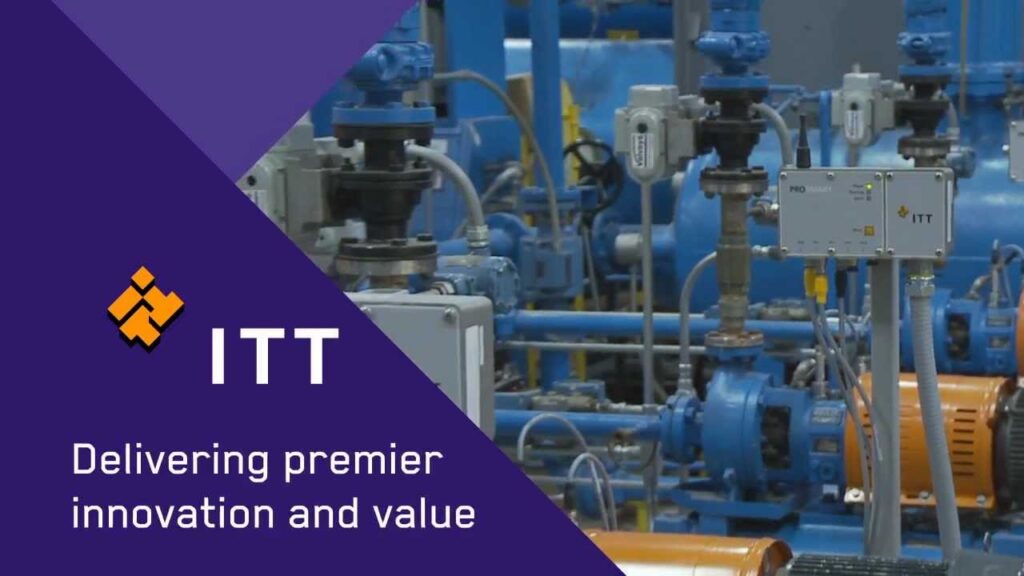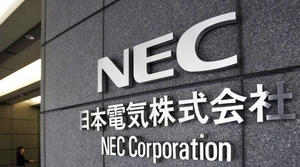ITT Corporation – Two Brothers Started With First Global Network Of Interconnected Telephone Lines.
ITT Corporation is a diversified leader in producing highly engineered vital components and tailored technology solutions in the transportation, industrial, and energy markets.
About The Company
ITT Inc. is a Connecticut-based manufacturer with operations all over the world. The business manufactures specialized parts for the industrial, aerospace, transportation, and energy sectors. Motion Technologies, Connect and Control Technologies, and Industrial Process comprise ITT’s three primary operating segments. The company’s 10,000 team members work within these segments to provide customer service in roughly 125 different countries and serve as outstanding brand ambassadors for well-known and enduring product brands, including KONI shock absorbers, Goulds, and Bornemann pumps, Cannon connectors, and Enidine energy absorption components.
History Of The Company
The desire for its creators to develop phones is where the history of ITT begins. Two brothers named Hernand Behn and Sosthenes founded the initial International Telephone & Telegraph in 1920 with the goal of establishing the first global network of interconnected telephone lines. The Puerto Rico Telephone Company was the company’s first name, and it started out tiny before expanding swiftly through intelligent acquisitions and the acquisition of telephony patents. The company became a significant global vendor of telephone switching hardware and telecommunications services. ITT purchased more than 350 companies between 1960 and 1977, and its portfolio included well-known companies, including Continental Baking, which produces Wonder Bread, Avis Rent-A-Car, Hartford Insurance, and Sheraton hotels. ITT expanded throughout that time, going from a medium-sized company having $760 million in revenue to a worldwide corporation with $17 billion in sales. ITT started restructuring after the conglomerate era through tactical sales and purchases to divide the business into manageable pieces. The end result was the division of ITT into three distinct, independent businesses in 1995: ITT Corporation, which concentrated on the hospitality and gaming industries; ITT Hartford, which established itself as a stand-alone insurance company; and ITT Industries, which began as a group of manufacturing firms. TT Industries, Inc., the current business, was established in 1996 as an ITT spinoff. Later, in 2006, it adopted the name ITT Corporation. In 2011, ITT Corporation split into three distinct publicly traded corporations and spun off its defence and water-related businesses. ITT’s water tech business became Xylem Inc., and its defence business became Exelis. In 2016, ITT Corporation’s name was changed to ITT Inc.

Controversies
In 2007, ITT Corporation was the first significant defence contractor to be found guilty of breaking the US Arms Export Control Act. The penalties resulted from ITT’s outsourcing program, in which technicians in China, Singapore, and the UK received night vision goggles and sensitive knowledge about defences against laser weapons, such as light interference filters. The company was given the option of using half of the $100 million penalty to fund the development of improved night vision technology. The resultant intellectual property will belong to the United States government. The US Department of Justice also found throughout its inquiry and subsequent ruling that the corporation took great measures, including creating a front company, to avoid the export regulations.
Founder – Sosthenes Behn
American industrialist Sosthenes Behn founded ITT. He was earlier in the US Army, at the rank of lieutenant colonel. After his discharge from the military, he co-founded the Puerto Rico Telephone Company with Colonel Behn, which eventually gave rise to ITT.
CEO – Luca Savi
Luca Savi serves as the CEO and President of ITT. Luca formerly held the position of president and COO of ITT. He started working at ITT in 2011 as the division’s head of Motion Technologies. He has formerly held a number of significant executive positions with Comau, a division of the Fiat Group, in Italy, China, and the United States. He has also held important roles in the past at Honeywell International. He started as an engineer with Ferruzzi-Montedison Group and Royal Dutch Shell. Luca holds an MBA from London Business School.

I am a law graduate from NLU Lucknow. I have a flair for creative writing and hence in my free time work as a freelance content writer.





